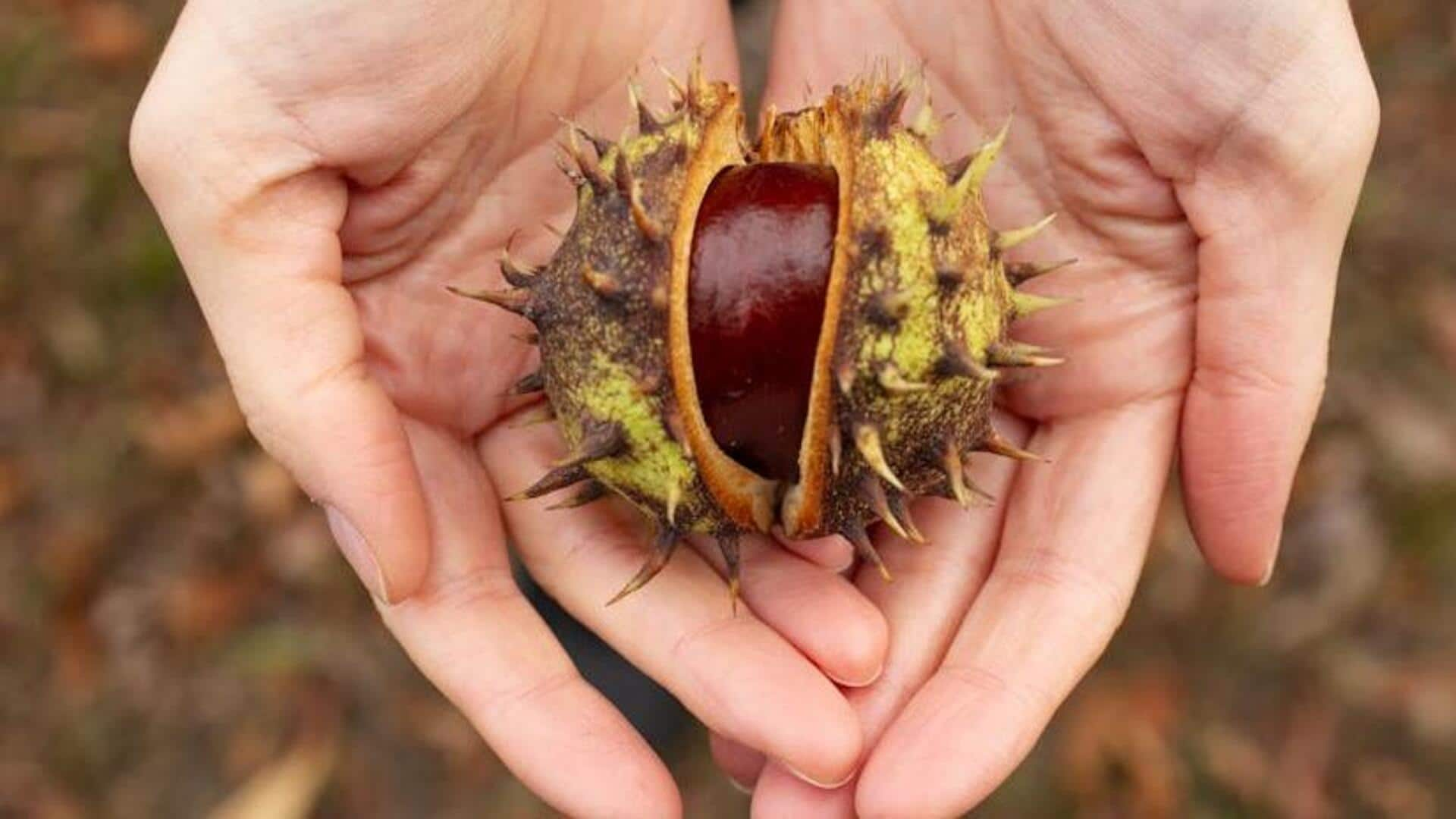
Chestnuts v/s hazelnuts: Which is healthier?
What's the story
Chestnuts and hazelnuts are two of the most popular nuts boasting of unique flavors and amazing nutritional benefits. While both are popularly consumed in a variety of dishes, they provide different health benefits. Here's taking a closer look at the nutritional profiles of chestnuts and hazelnuts, comparing their calorie count, vitamin content, mineral content, and dietary fiber content.
Calorie count
Calorie content comparison
When compared to hazelnuts, chestnuts are notably lower in calories. In fact, for every 100-gram serving, chestnuts provide some 200 calories, while an identical serving of hazelnuts comes with some 628 calories. This stark contrast makes chestnuts a more suitable choice for people keen on managing their calorie intake or pursuing weight management goals.
Vitamin content
Vitamin presence in nuts
Hazelnuts are high in vitamins such as vitamin E and B vitamins including folate. Meanwhile, chestnuts provide a good source of vitamin C, which is rare among nuts. These vitamins lead to other health benefits, such as better skin from vitamin E in hazelnuts, and better immunity from vitamin C in chestnuts.
Mineral richness
Mineral composition insights
Both nuts are rich in essential minerals but in different concentrations. Hazelnuts contain a higher amount of magnesium, iron, and zinc than chestnuts. Meanwhile, chestnuts offer more potassium than hazelnuts. These minerals are important for functions such as bone health (magnesium) and blood pressure regulation (potassium).
Fiber content
Dietary fiber levels compared
Dietary fiber is an essential part for gut health. Chestnuts pack about eight grams of fiber per 100 grams serving while hazelnuts come with 10 grams approximately for the same serving size. While both nuts contribute majorly to daily fiber intake needs, hazelnuts provide a little more fiber content than what chestnuts do.